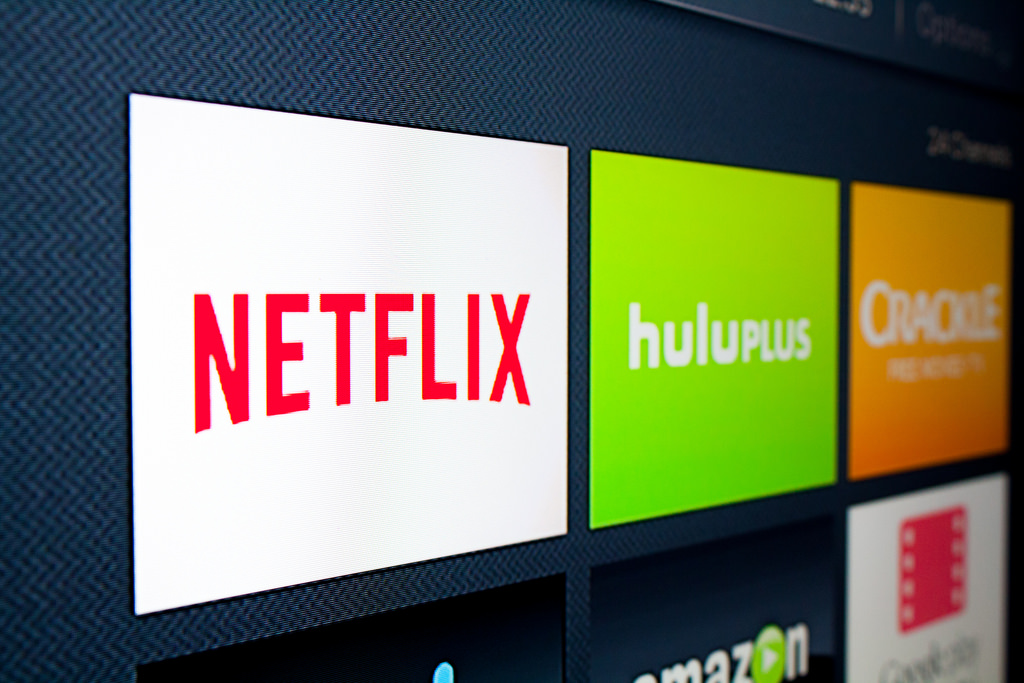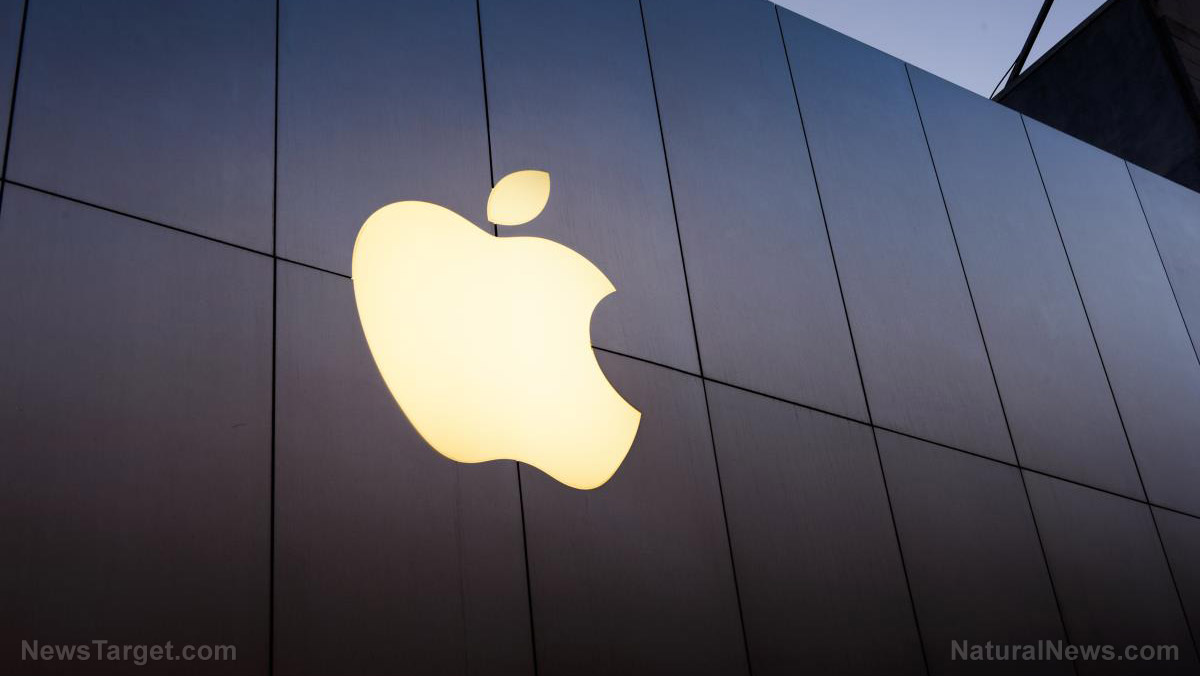‘Internet pressure’ map shows how lockdowns are putting stress on broadband infrastructure around the world
03/25/2020 / By Franz Walker

As governments around the world impose lockdowns to stem the tide of the coronavirus pandemic, more people are relying on their internet connections to be able to work even if they’re at home. But global broadband networks are now feeling the strain of the outbreak, as people who work at home are combined with those who use the internet for entertainment.
Australian researchers have created a ‘global internet pressure’ map that reveals just how much the coronavirus pandemic is affecting internet services around the world. The map runs on software developed by data company KASPR Datahaus that collects and processes billions of internet activity and quality measurements daily.
According to KASPR Datahaus, any bandwidth-intense activity such as high definition (HD) video streaming and online gaming can contribute to congestion.
“More people at home means more people online – with big bandwidth appetites,” said Paul Raschky, an economist at Monash University in Melbourne and co-founder of KASPR Datahaus.
“This situation is not dissimilar to a family trying to make their way through a crowded subway tunnel,” stated Raschky. “Your streaming video or video upload during teleconferencing is made up of small packets of information – these packets need to find their way down copper and fiber-optic cables across vast distances.”
Tracking internet use through the lockdowns
The researchers took a look at how each nation’s internet was performing as more people started to stay at home and use it for work as well as home-based entertainment such as streaming films and gaming. They noted changes in internet latency that emerged between March 12 to 13, when several countries — including France, Spain and Italy — started enforcing government-imposed lockdown due to the outbreak and compared those with the previous month.
“We call this difference measure, between the first days of the lockdown period and the baseline period in early February, ‘internet pressure,’ since if it is greater than zero, it exposes latency, or speed, issues, starting to affect millions of internet users across these regions,” said Raschky.
“While the values may seem relatively small, such as three percent or seven percent, such a difference is far from normal, and indicates that many users are probably experiencing bandwidth congestion,” he continued.
According to the map, pressure on internet networks is quite noticeable in countries such as Italy, Spain, Sweden, Iran and Malaysia. Meanwhile, the internet in Australia, where KASPR Datahaus is based, is just holding up.
Gaming is on the rise, but streaming still uses more bandwidth
A potential factor that can contribute to increased internet stress is the number of people going online to play video games. Verizon has reported a 75 percent increase in gaming traffic during peak hours.
“As more entertainment options are canceled in communities across the U.S., an increase in video traffic and online gaming is not surprising,” stated Verizon chief technology officer Kyle Malady.
While it might seem convenient to pin the blame on gaming as the primary source of the increase internet use, the overall bandwidth used by the medium pales in comparison to that of others. In 2018, the Australian price comparison website WhistleOut released a study comparing how much bandwidth gaming consumed compared to online video streaming services such as Netflix. Destiny 2, one of the most popular games at the time of the study, consumed an average of only 300 megabytes per hour. In comparison, streaming HD video from Netflix consumed 3,000 megabytes per hour, and doing so at 4K consumed 7,000 megabytes per hour. (Related: Video games help kids deal with stressful situations.)
Streaming companies are trying to limit bandwidth use
To help ease the load on the internet, a number of video streaming companies are now implementing measures to decrease their bandwidth use. Streaming giant Netflix recently stated that they would work to reduce traffic on networks by around 25 percent. The response came after EU markets and services commissioner, Thierry Breton asked streaming platforms to help ensure there was enough bandwidth for everyone.
“Streaming platforms, telecom operators and users… have a joint responsibility to take steps to ensure the smooth functioning of the internet during the battle against the virus propagation,” said Breton.
YouTube has also responded to Breton’s call. The online video giant stated that it would temporarily switch all traffic in the EU to default to standard definition for at least a month. YouTube has since done the same for the rest of the world and remains the only video service to have done so as of reporting time.
Sources include:
Tagged Under: coronavirus, covid-19, infections, internet, internet bandwidth, isolation, lockdown, Netflix, online gaming, outbreak, pandemic, priority, quarantine, streaming, superbugs, YouTube
RECENT NEWS & ARTICLES
COPYRIGHT © 2018 TECHGIANTS.NEWS
All content posted on this site is protected under Free Speech. TechGiants.news is not responsible for content written by contributing authors. The information on this site is provided for educational and entertainment purposes only. It is not intended as a substitute for professional advice of any kind. TechGiants.news assumes no responsibility for the use or misuse of this material. All trademarks, registered trademarks and service marks mentioned on this site are the property of their respective owners.



















